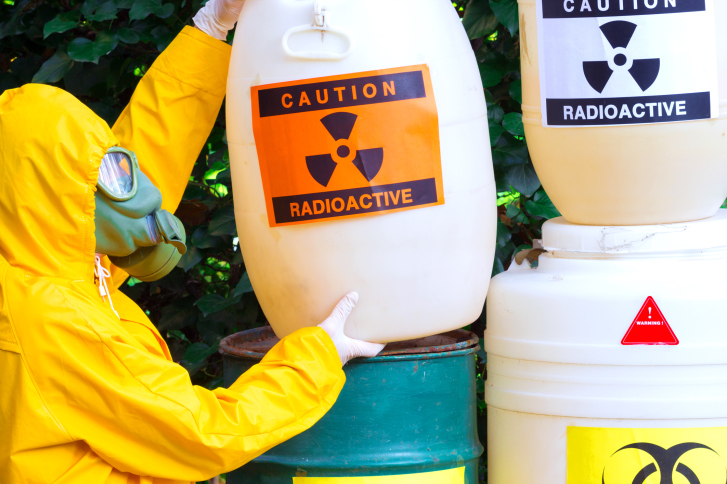By Anica Oaks
The Occupational Safety & Health Administration (OSHA) employs about 2,200 safety inspectors that oversee over 130 million workers in eight million work sites. OSHA safety inspectors are tasked with investigating accidents, performing surprise inspections and consulting with companies to improve safety conditions. The last thing that any company needs is a surprise inspection that results in hefty fines and safety citations. Read below to learn about four federal safety standards that your company must follow.
Fall Protection
According to OSHA, lack of fall protection is the most frequently cited violation. For example, construction sites notoriously fail to provide adequate fall protection systems. As a result, this is the leading cause of worker fatalities in the construction industry. On the other hand, any company that requires employees to work on surfaces above six feet will be required to provide adequate guardrail and personal fall protection systems. For example, a regular office-based business that requires maintenance personnel to fix roofing problems will be required to follow federal fall protection standards.
Hazardous Communication
The purpose of hazardous communication, or HAZCOM, is to ensure that workers are properly informed about chemicals or products that they are required to use. This includes annual training and regular communications about safe handling. In addition to this, companies are required to maintain an accurate and readily available Material Safety Data Sheet (MSDS) book for employees. An MSDS is a concise summary of what the product is, who manufactured it and how to respond to any contact. For example, the MSDS book is an important reference that will document specifically how cleaning chemicals are unsafe and what to do if it gets on the skin or in the eyes.
Lock-out, Tag-out
Lock-out, Tag-out, known as LOTO, refers to OSHA’s strict policies regarding locking out machinery or equipment before performing maintenance. For example, if a production conveyor belt becomes stuck, employees must follow strict lock out procedures in order to avoid accidents, such as dismemberment or death. Potentially an electrician that is working on a turned off electrical box could be electrocuted if uninformed employees turn back on the main power switch. Therefore, all appropriate employees must be issued their own locks and keys.
General Use Products Certification
OSHA isn’t the only federal agency with safety regulations. The Consumer Product Safety Commission (CPSC) has their required general use products (GUP) certification that importers and manufacturers must abide by. The CPSC has a certificate of conformity template that companies can use. For example, products that children will use, such as toys, and products that can cause harm, such as a hairdryer, must have this certification.
Overall, there are many federal safety laws that must be obeyed in order to avoid potential lawsuits, employee accidents and profit losses. It is highly recommended that companies employee a safety supervisor who has a master’s degree in safety or emergency management.
A recent college graduate from University of San Francisco, Anica loves dogs, the ocean, and anything outdoor-related. She was raised in a big family, so she’s used to putting things to a vote. Also, cartwheels are her specialty. Follow Anica on Google +.







